I was excited to see Denver Museum of Nature and Science’s take on a Chocolate Exhibit as I had visit the Choco Museum in Antigua, Guatemala and had learned how to make chocolate there. Chocolate: the Exhibition is running now through May 8th and is included with your DMNS admission or membership.
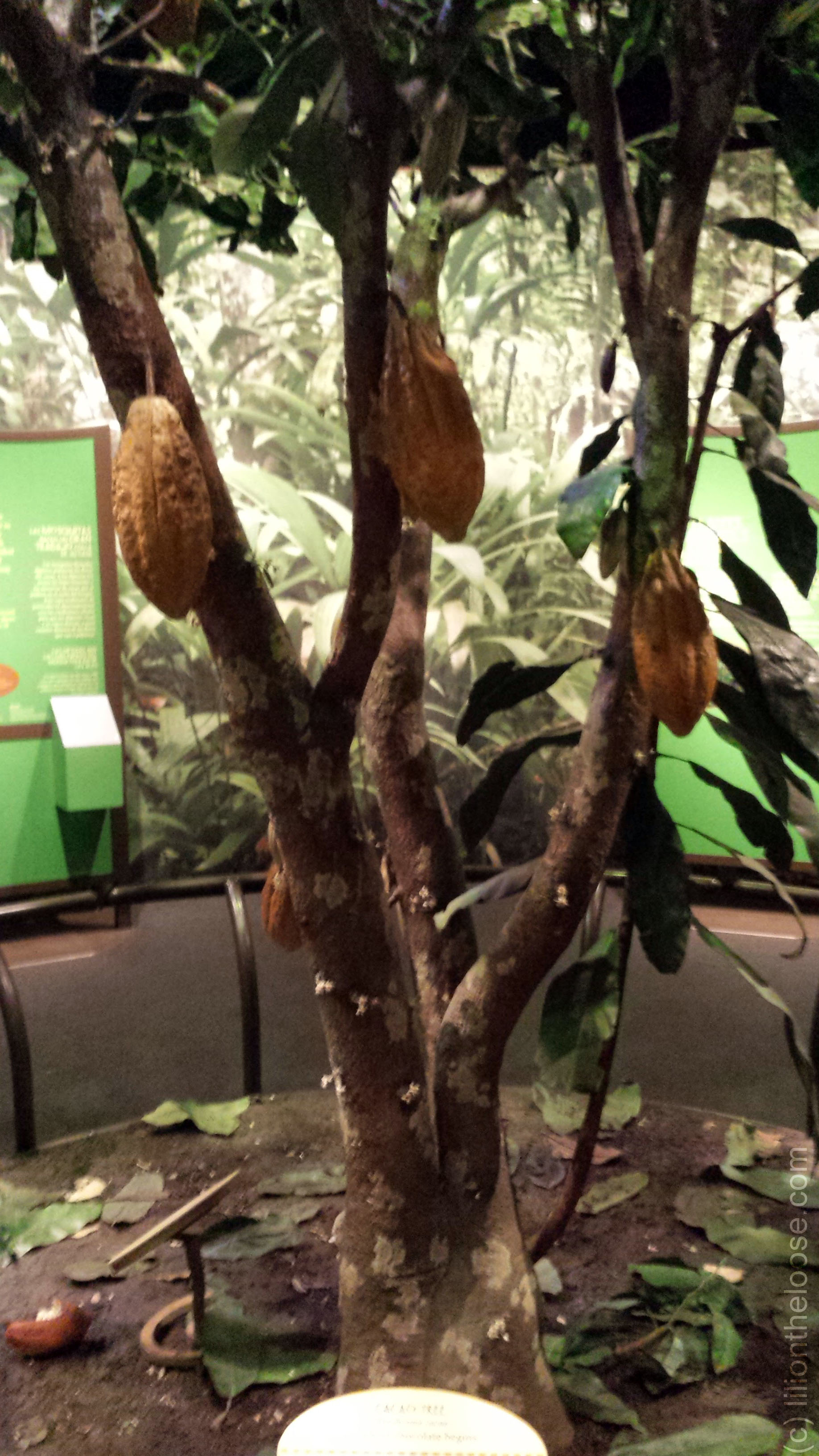
When you first walk in, you’ll see lifesize models of the tree and pods. Many facts are displayed in both English and Spanish about the tree and how it grows. (I was amused to hear a little kid go “EWWE, Chocolate likes death!” When he read that rotting animals and things help fertilize the tree.) I liked this as in Antigua it was hard to see the flowers on the tree, and on this model I could see why, they are smaller than the nail on your pinky!
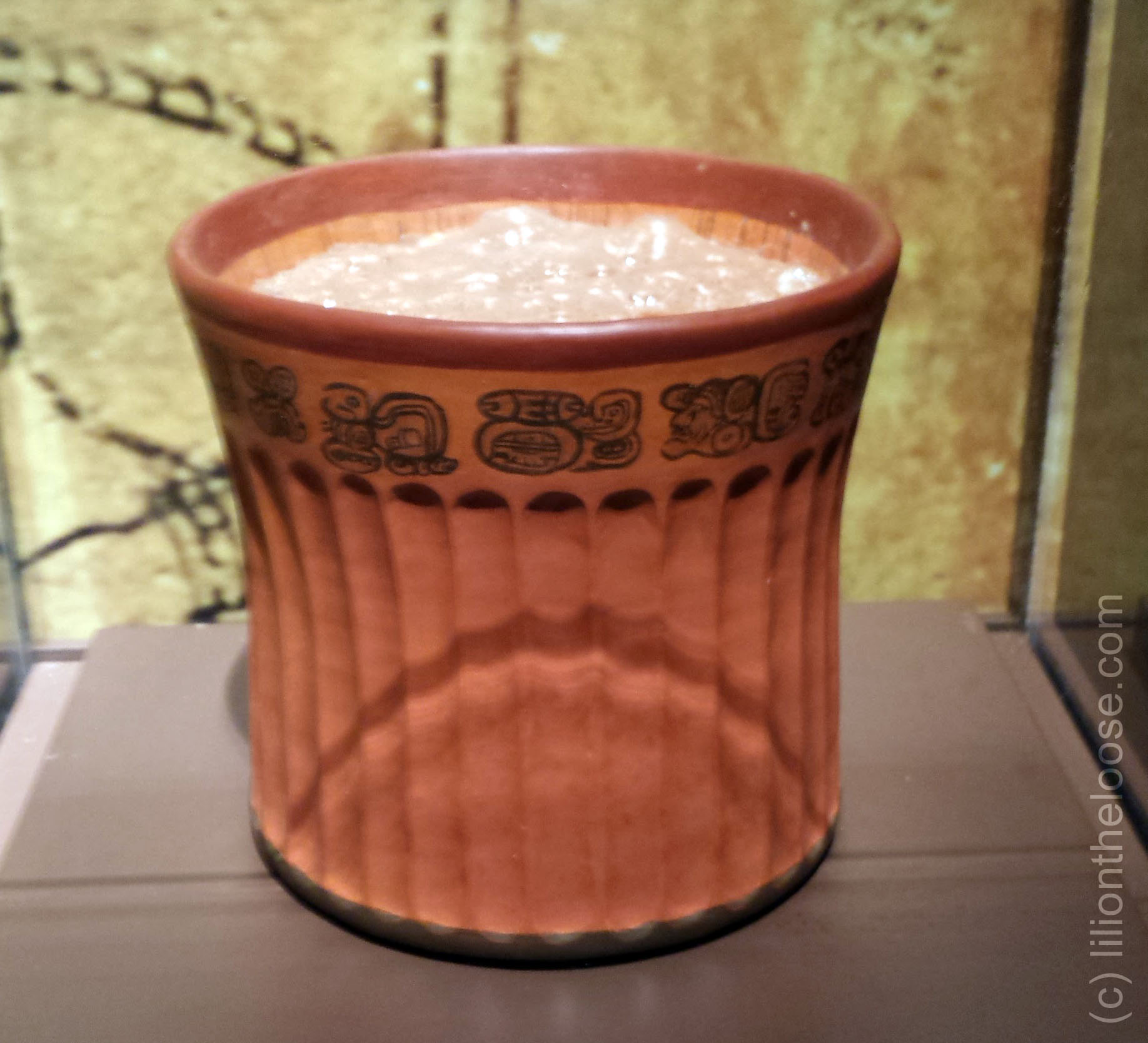
Afterwards you’ll move into how the Aztecs and Maya used Cocoa Beans in drinks and as currency.
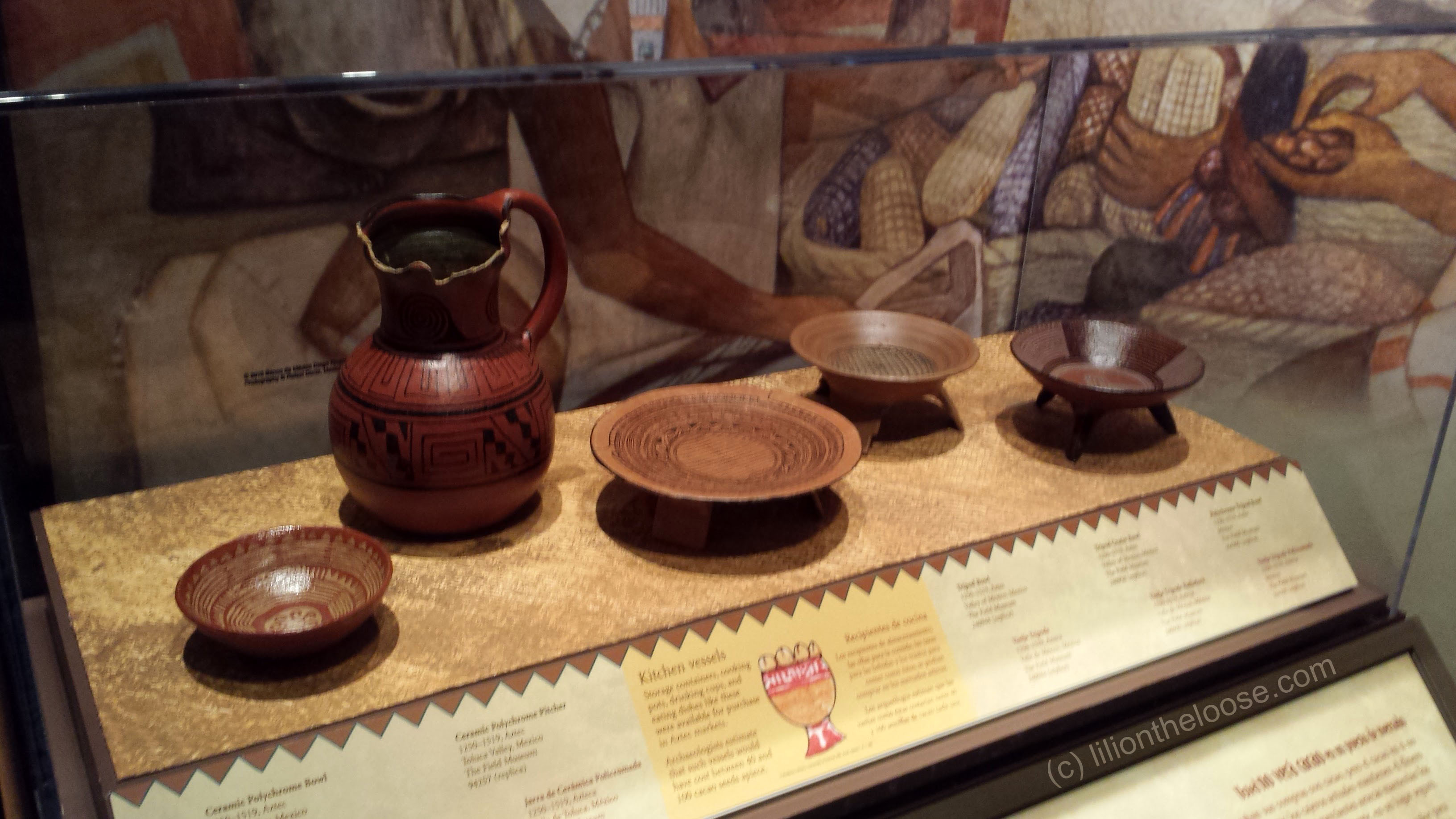

And how they related to their gods, like the above statue of Quetzalcoatl.
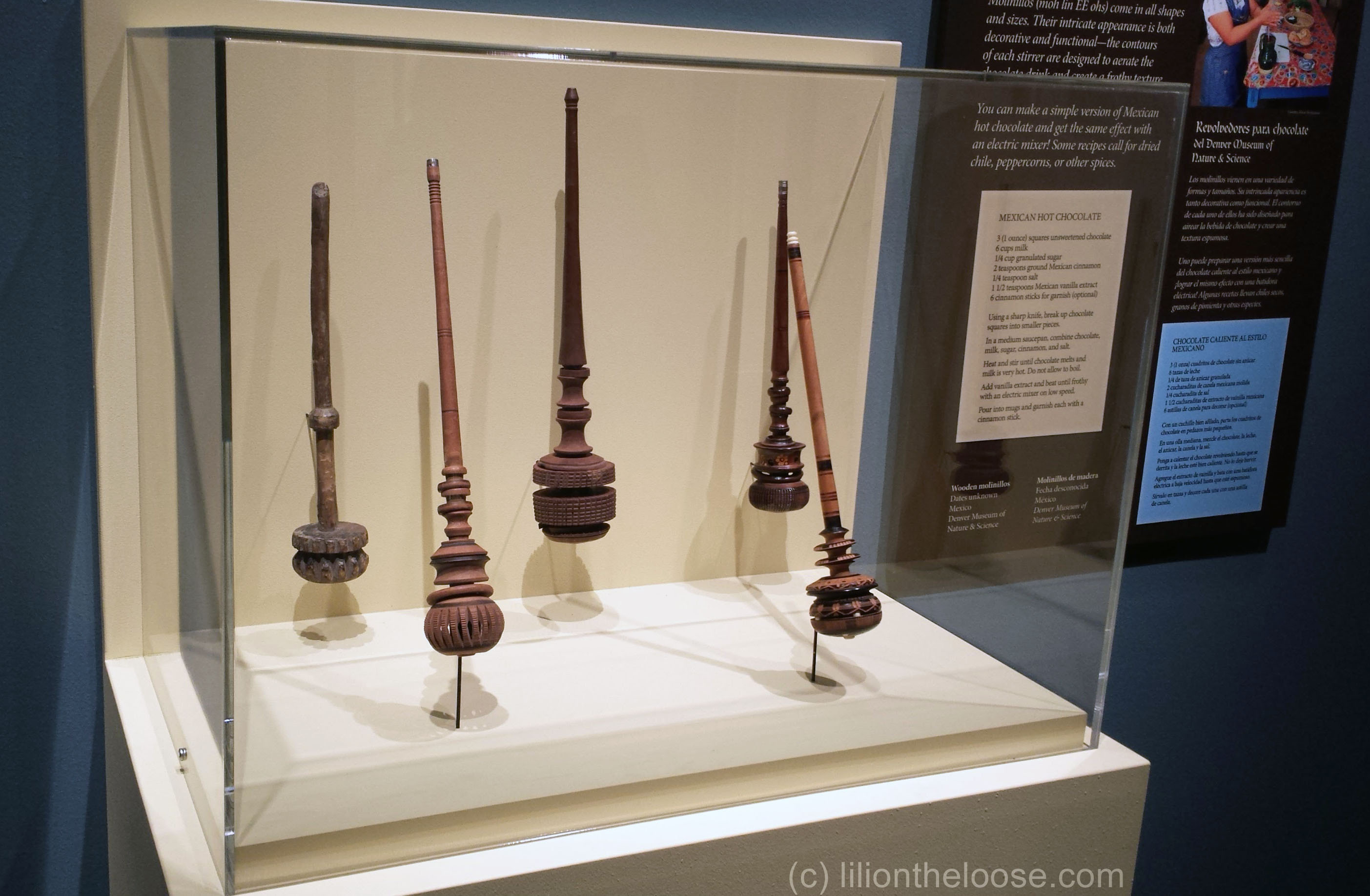
The theming is done great. You essentially are moving through the timeline of how chocolate has been used. You’ll learn about the Spanish explorers and how they brought it back to monks and the nobility. I liked seeing these ornate this frothing sticks. Then you’ll move into more Victorian France and England, including a large selection of old chocolate cups and saucers (apparently old Hot Chocolate was think and stained clothes.)
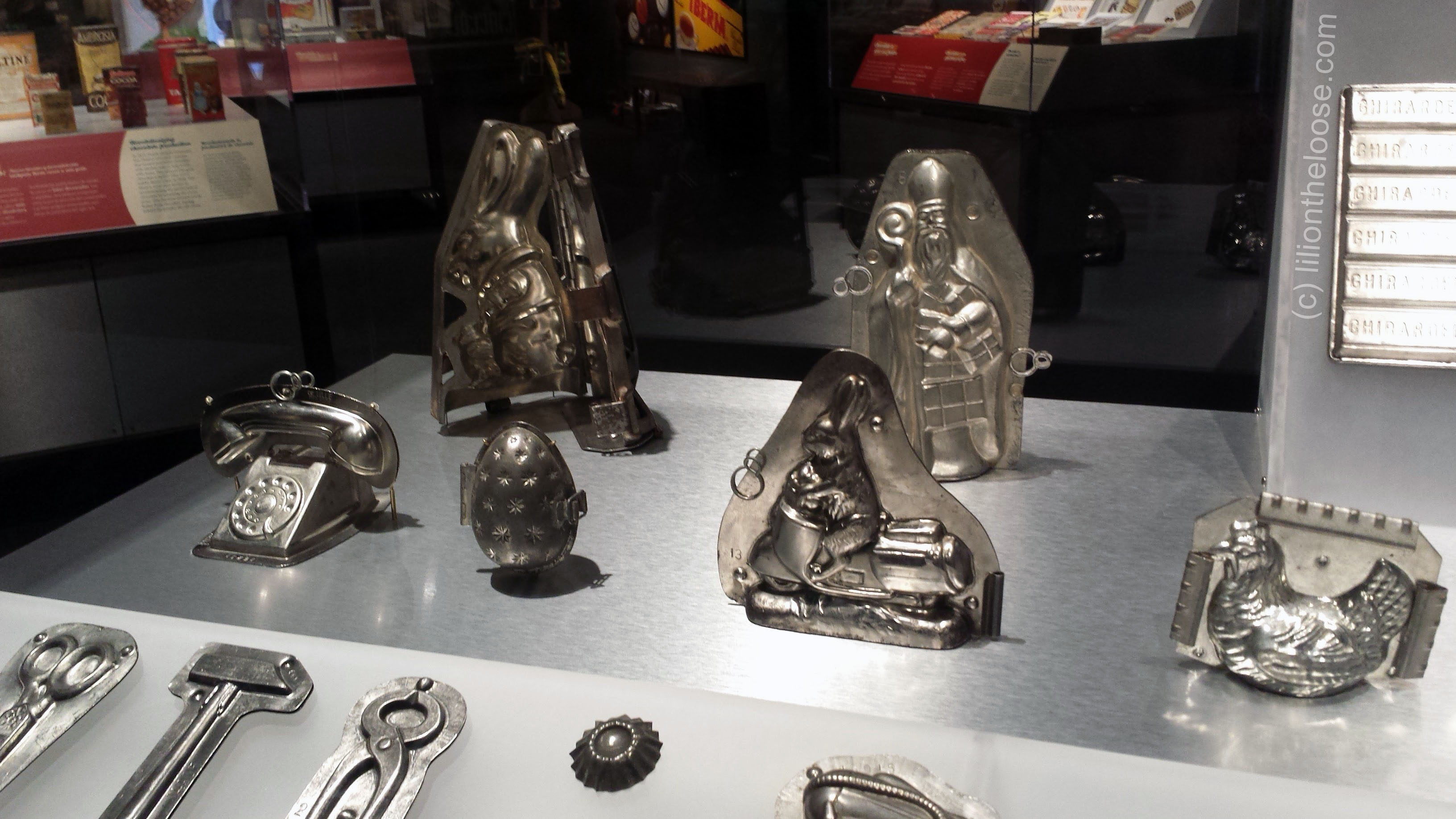
Then you’ll turn a corner and start seeing more modern uses of chocolate, from hand made chocolate molds, to the discovery of pressing chocolate to separate out its parts and using the coca powder in drinks.
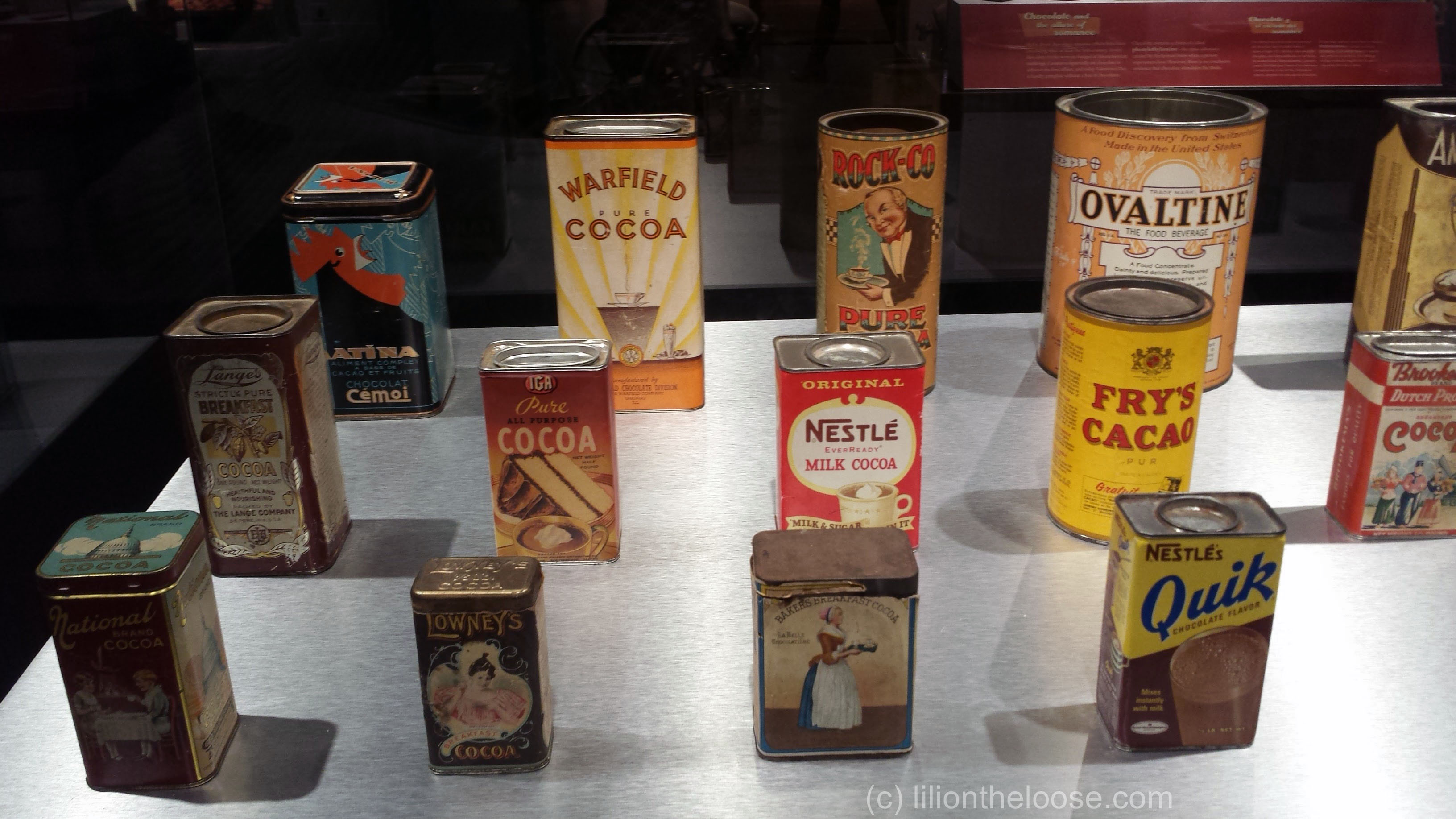
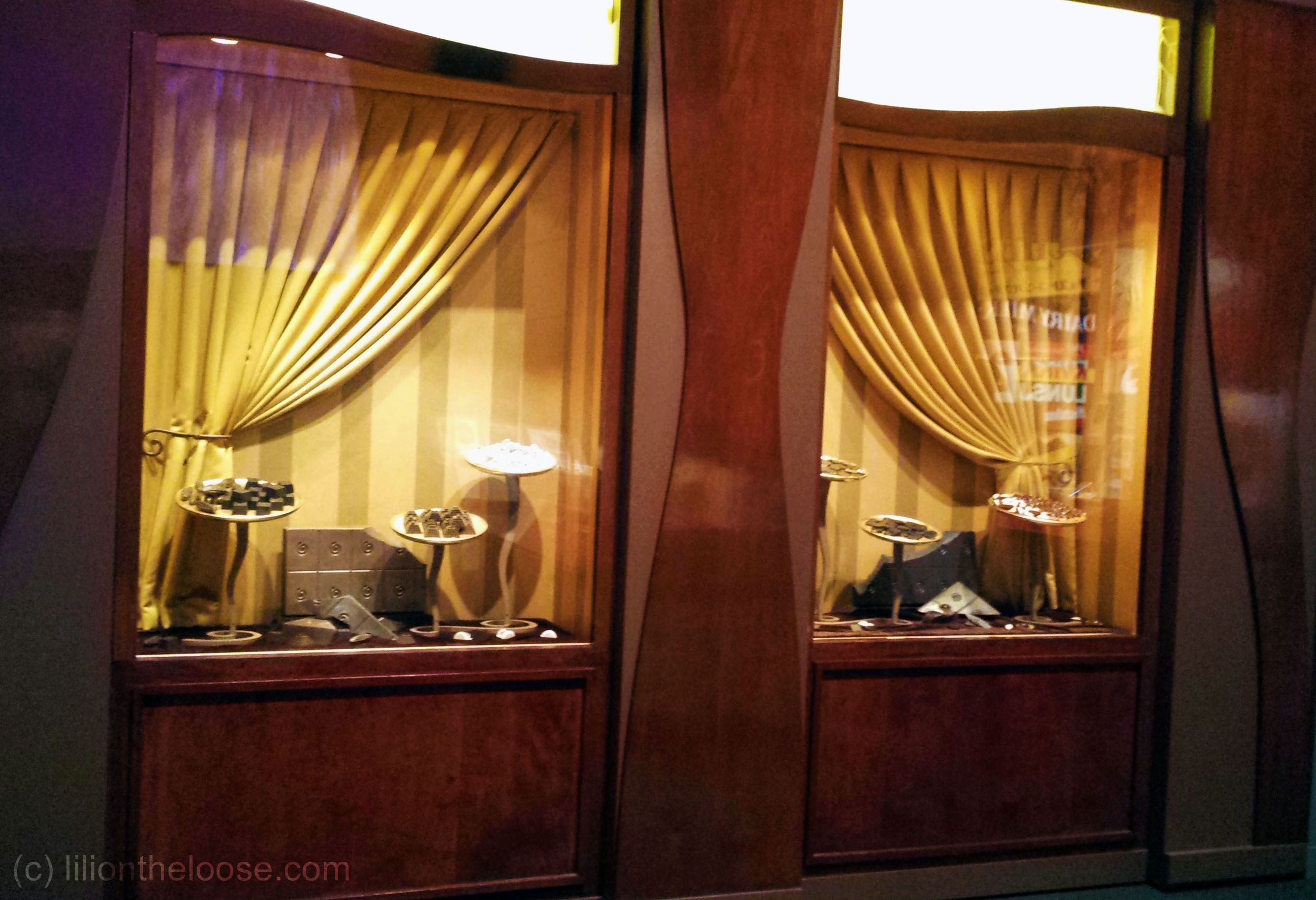
Also at this point you’ll see a mock chocolatier’s storefront. If you are starting to crave chocolate at this point its likely due to this storefront piping in faux chocolate smell near its windows!

The exhibit will show past branding and how chocolate moved into being marketed to children.
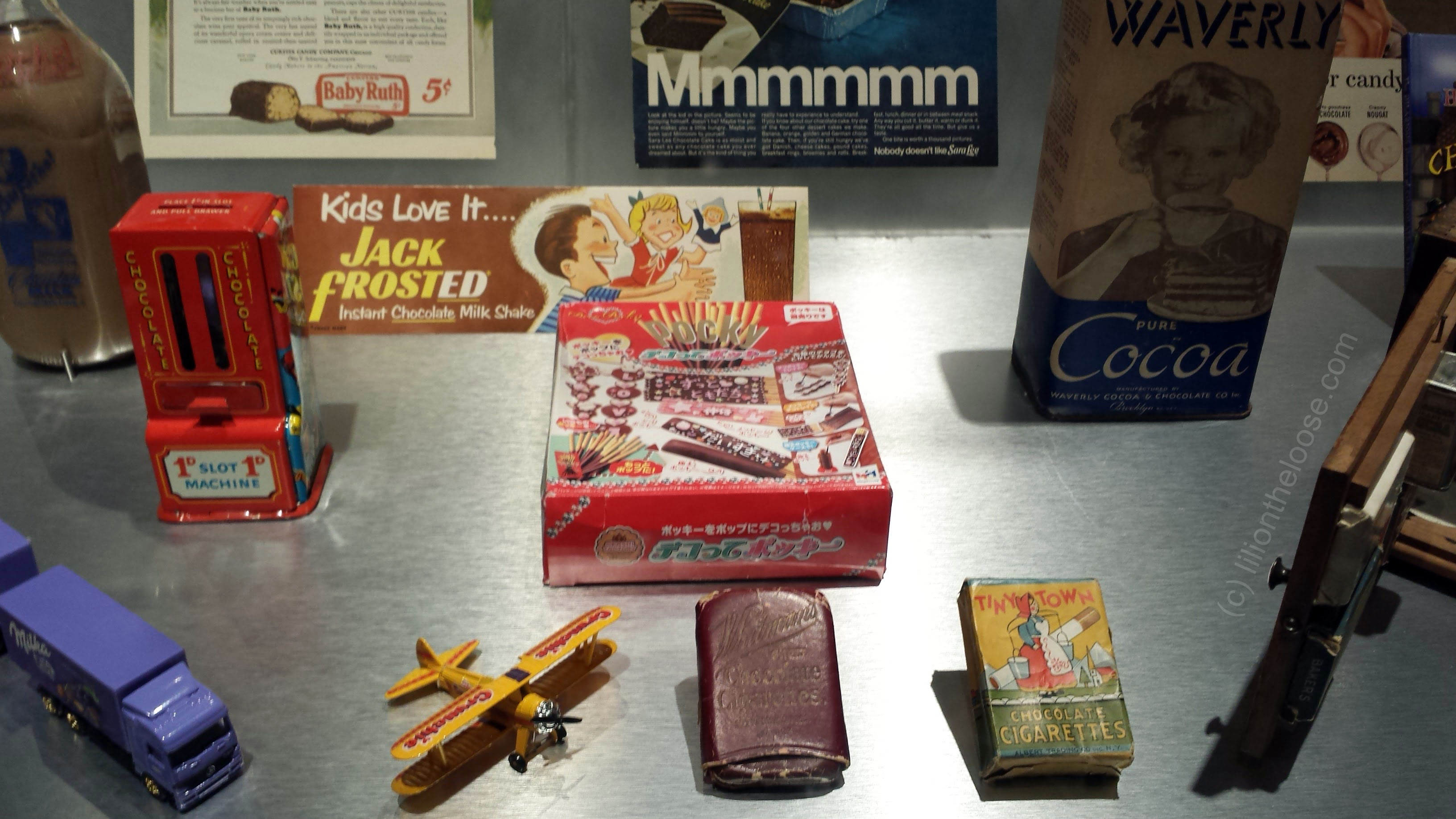
After the historical uses and promotion of chocolate, you’ll then come into a section describing modern day production methods and how there are efforts to make it more sustainable. This is important as Cocoa trees can only grow in certain areas (trust me, others have tired, it just doesn’t grow outside of its natural area), and so there is a finite amount of land on which it can grow. Some is in Central/South America, Caribbean, but much of what America consumes comes from poor African regions. And with China starting to have an appetite for chocolate, demand is only going to outstrip production.
As you exit, if you find yourself with a craving, a pop up chocolate shop will help you out. They have mini bonbon chocolates you can choose from, chocolate fountains with a variety of dipping options, chocolate cupcakes and baked goods, and hot chocolate or coffee drinks.
Museum Monday is an every other week series about museum news, objects, and reviews.

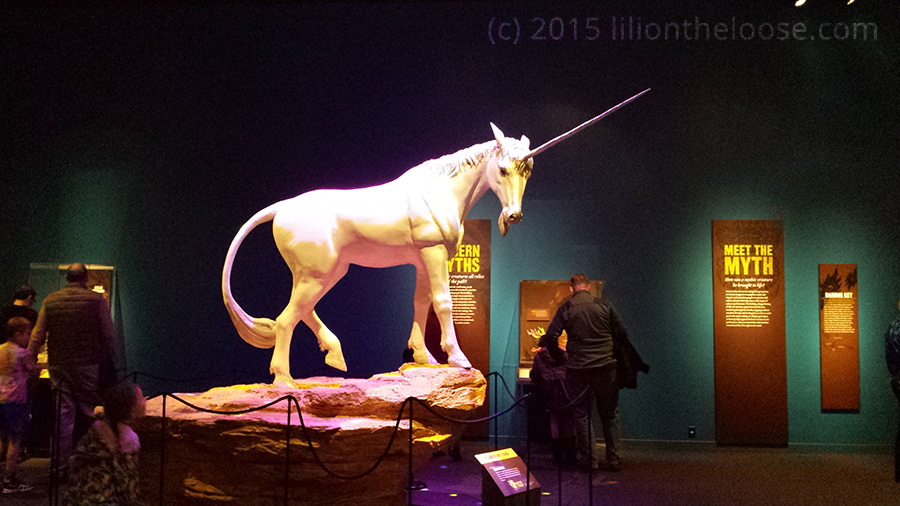
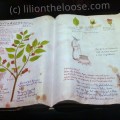


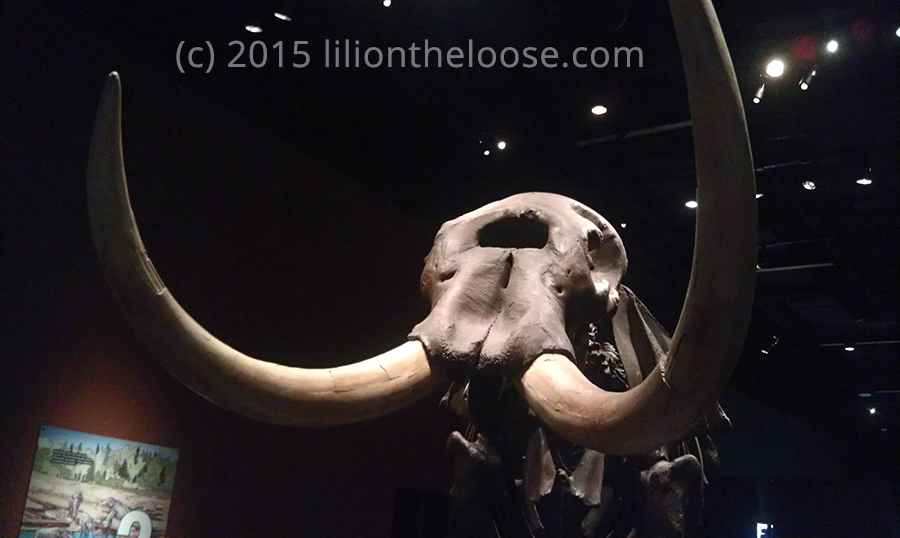
Leave a Reply